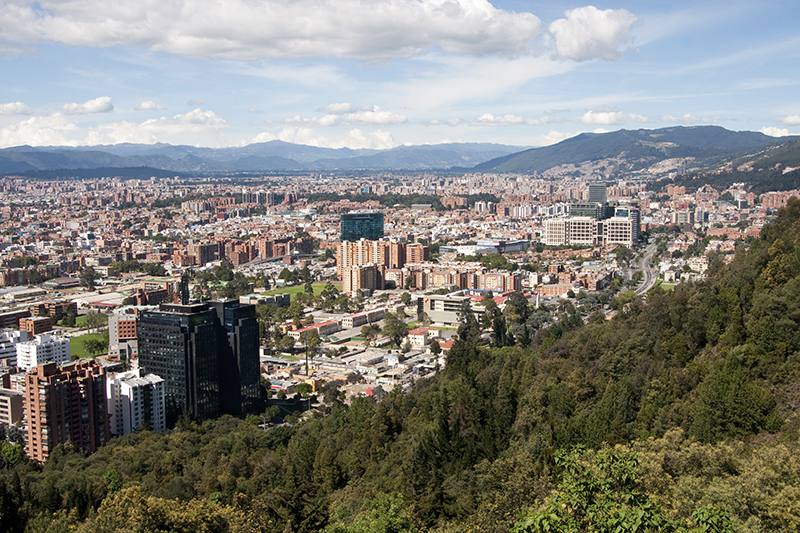According to Camacol, in 2014 the construction of buildings required investment equivalent to 16% of GDP. In March 2015, the sector ranked first in job creation.

In times when the Economic Commission for Latin America and the Caribbean (ECLAC) has raised an alert in the region because of the slowdown in the economies that for years have depended on the exploitation of hydrocarbons, affected by falling oil prices, Colombia seeks alternatives to stop being tied to its main export product.
Just in building, the country is finding one of the bets to boost social development and other weakened industrial fields, such as the 13 sectors that it can articulate, since it has become one of the largest contributors to GDP: 16% in 2014 through the construction of buildings with investments of 28.5 billion pesos, which means an increase of 9% in its share in the economy.
Regarding imports and exports of construction products, the country has exported an average of 2 billion dollars over the past years. The import of supplies has increased 61% in the last five years, showing good results of economic growth.
According to Housing Minister Luis Felipe Henao, areas that are subordinated to this sector have also been punctuated, which has impacted on social development. "Areas such as leasing and others like real estate service sectors also grew significantly, making more Colombians have a job," said Henao.
A report from the Department of Economic Studies of the Colombian Chamber of Construction (Camacol) showed that in the last year 1,445,335 jobs were created. According to the National Administrative Department of Statistics (DANE), the sector ranked first in generating employment, with an increase of 12.3% in YTD March 2015, contributing 0.7 percentage points nationally.
But these good figures are also supported by government policies that make entrepreneurs continue investing in the consolidation of the sector, whose growth is projected at 9.7% for 2015. According to President Juan Manuel Santos, infrastructure plans, including the construction of over 100 thousand free housing units, is based on one of the three pillars of the government: equity.
This government priority has accelerated public-private initiatives, expanding the fields of domestic and foreign investment of a sector driven directly by Vice President Germán Vargas Lleras, which coordinates the ministries of Housing and Transport, with an investment of over 790 billion pesos in infrastructure.
According to Tatyana Orozco, Director of the Department for Social Prosperity, "equity is not an issue that can only be handled with income but it is something that is also handled with housing, better access to health, education, so in DPS we have been working closely with different sectors, ministries and private players."
Precisely, one of the factors that will help achieve the growth of the construction area envisaged for 2015, according to the president of Camacol Sandra Forero, is represented in the government housing programs. "The 440,000 social housing units proposed by the government in the coming years are estimated to represent an additional 14 billion pesos (about US $ 5,932 million)," she said.
According to this entity, from January 2014 to January 2015 157,719 new homes were sold in all major regions of the country, and the Affordable Housing projects have increased over 30%, thus segmenting the demand and creating more social projects for the integral growth of the entire population.
This way, different private companies highly regarded in the country, such as Oikos group, have managed to partner with the government to work in one of its flagship projects such as the 100 thousand free housing units, 'My House Now," among others.
"Looking back there may be many problems, but we must look ahead. In the future, people will need comfort, so small towns that can meet all those needs will make things easier and if people work more happily, they become more productive," said Gabriel Diaz, president of Oikos group.
Through these projects Colombia has managed to cover a large spectrum of the population, giving priority the lower-income sectors, which added to the large towns, shopping malls, buildings, fourth generation roads among other ambitious infrastructure plans for the coming years, make joint economic growth and social development possible starting from the construction sector, which is going through one of its best moments in Colombia.
0 COMMENTS